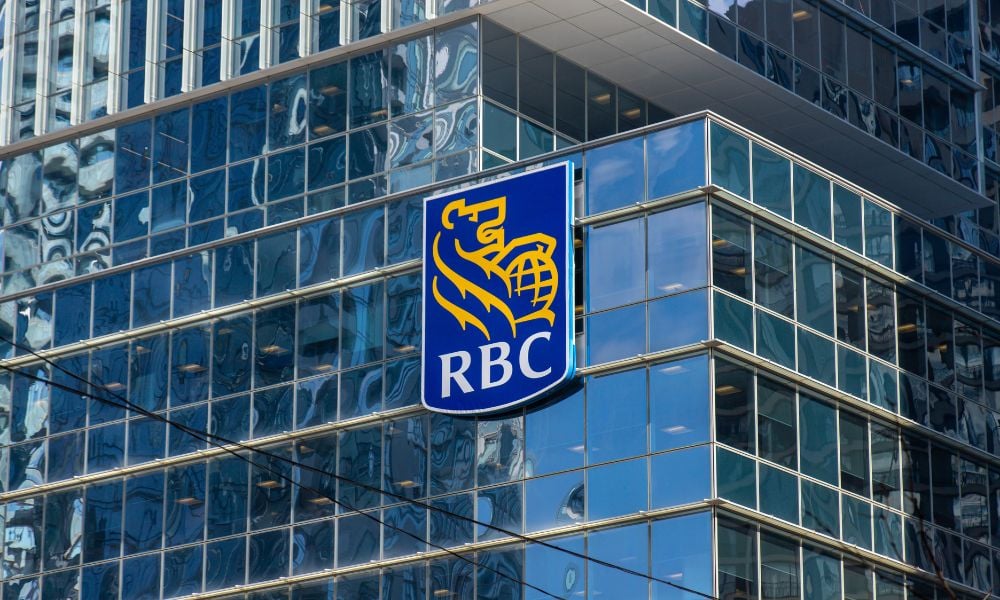As the race to the bottom on fees gains pace, the active vs. passive debate heats up
.jpg)
As the race to the bottom on fees really gains pace, the active vs. passive debate is heating up. More traditional mutual fund providers are launching passive ETFs on a weekly basis and recently Goldman Sachs Group Inc. was said to be “almost giving handouts to its customers” with the price of some of its new smart-beta funds.
The firm is offering one new fund that will charge just nine basis points for a portfolio with exposure to a basket of large-cap stocks that all have the same allocation, which is less expensive than any other comparable equal-weighted fund, including the world’s largest and most traded ETF -- State Street Corp.’s S&P 500 ETF Trust.
Competition is intensifying as investors shift more assets into passive index-linked funds but there is skepticism among some investors who feel that these types of ETFs are unproven and relatively untested. There’s a fear that the passive approach will falter and prove damaging for portfolios if there is a major correction.
Nevertheless, as was discovered by PWC’s recent Asset Management 2020: Taking stock study, “asset flows away from traditional active management and towards passive and alternative strategies are accelerating…. As a result, the overall proportion of actively managed traditional assets under management is shrinking.”
The report predicts that active managers’ share of all global assets under management will decline to 66% in 2020, while investments in passive products will grow to 22%, and the amount of AUM in alternatives will rise to 13%. To give these numbers some context, in 2015 active managers controlled 74% of global AUM, passive products had a 14% share and alternatives accounted for 11%.
As a result of this significant shift, passive managers’ global assets under management will soar from US$ 11.3 trillion in 2015 to US$ 23.2 trillion in 2020. The AUM of alternative investments will jump from US$ 9.0 trillion to US$ 13.9 trillion and active managements’ global AUM will rise to US$ 74.0 trillion from US$ 58.4 trillion in 2015.
“Within alternative management, we believe that real assets, private equity and new types of private debt funds will take on a stronger role in driving growth,” the report stated. “Hedge funds will not fare so well, after a period of disappointing returns.”
Related stories:
Family offices are not looking far enough ahead
Why fees on investments undervalue advisors
The firm is offering one new fund that will charge just nine basis points for a portfolio with exposure to a basket of large-cap stocks that all have the same allocation, which is less expensive than any other comparable equal-weighted fund, including the world’s largest and most traded ETF -- State Street Corp.’s S&P 500 ETF Trust.
Competition is intensifying as investors shift more assets into passive index-linked funds but there is skepticism among some investors who feel that these types of ETFs are unproven and relatively untested. There’s a fear that the passive approach will falter and prove damaging for portfolios if there is a major correction.
Nevertheless, as was discovered by PWC’s recent Asset Management 2020: Taking stock study, “asset flows away from traditional active management and towards passive and alternative strategies are accelerating…. As a result, the overall proportion of actively managed traditional assets under management is shrinking.”
The report predicts that active managers’ share of all global assets under management will decline to 66% in 2020, while investments in passive products will grow to 22%, and the amount of AUM in alternatives will rise to 13%. To give these numbers some context, in 2015 active managers controlled 74% of global AUM, passive products had a 14% share and alternatives accounted for 11%.
As a result of this significant shift, passive managers’ global assets under management will soar from US$ 11.3 trillion in 2015 to US$ 23.2 trillion in 2020. The AUM of alternative investments will jump from US$ 9.0 trillion to US$ 13.9 trillion and active managements’ global AUM will rise to US$ 74.0 trillion from US$ 58.4 trillion in 2015.
“Within alternative management, we believe that real assets, private equity and new types of private debt funds will take on a stronger role in driving growth,” the report stated. “Hedge funds will not fare so well, after a period of disappointing returns.”
Related stories:
Family offices are not looking far enough ahead
Why fees on investments undervalue advisors



